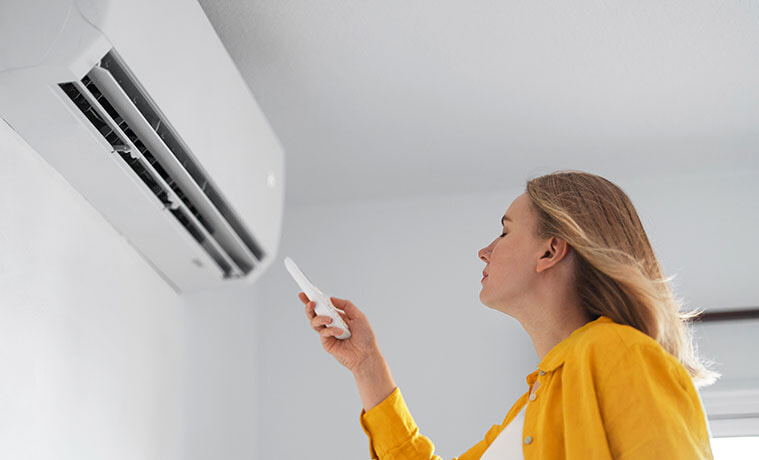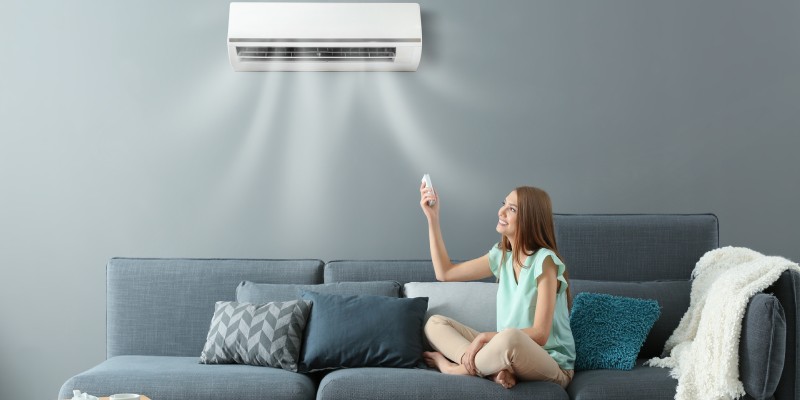Air conditioners, often referred to as AC or A/C, have become an indispensable part of modern living. These devices have revolutionized the way we experience and survive through scorching summers. In this comprehensive guide, we will delve into the world of air conditioners, exploring how they work, types available, maintenance tips, and much more.
Understanding Air Conditioners
How Do Air Conditioners Work?
Air conditioners work on a simple yet effective principle: they remove hot air from a space, cool it, and then circulate the cooled air back into the room. This cooling process involves three main components:
- Evaporator Coil: Located inside the indoor unit, it absorbs the warm air from the room.
- Refrigerant: This liquid substance flows through the evaporator coil, absorbing heat from the indoor air, and turning into a low-pressure gas.
- Compressor: The compressor, located in the outdoor unit, pressurizes the low-pressure gas, transforming it into a high-pressure gas.
- Condenser Coil: The high-pressure gas releases heat as it condenses back into a liquid. This process takes place in the outdoor unit.
The cycle continues, with the warm air being continually drawn in, cooled, and circulated, resulting in a comfortable indoor environment.
Types of Air Conditioners
Air conditioners come in various types to suit different needs. Here are some common ones:
- Central Air Conditioning: Ideal for cooling entire homes, central AC systems use a network of ducts to distribute cooled air throughout the house.
- Window Air Conditioners: These are designed to cool a single room and are installed in a window or an opening in a wall.
- Split Air Conditioners: Comprising both indoor and outdoor units, split ACs are versatile and can be used to cool specific zones in your home.
- Portable Air Conditioners: These units can be moved from room to room and require minimal installation.
- Ductless Mini-Split Systems: Similar to split ACs, these systems don’t require ductwork, making them a good choice for homes without central HVAC systems.
- Through-the-Wall Air Conditioners: Installed through a hole in an exterior wall, these units are designed to cool single rooms.
Maintaining Your Air Conditioner
Proper maintenance is essential to ensure your air conditioner continues to work efficiently. Here are some tips to keep your AC in top shape:
- Regular Cleaning: Clean or replace the air filter as recommended by the manufacturer. A dirty filter can reduce airflow and efficiency.
- Clean the Coils: Keep the evaporator and condenser coils clean to maintain efficient heat transfer.
- Check Refrigerant Levels: Low refrigerant levels can indicate a leak. If you suspect a leak, contact a professional technician.
- Inspect and Clean Ducts: If you have a central AC system, inspect and clean the ducts to remove any blockages or debris.
- Programmable Thermostat: Install a programmable thermostat to adjust the temperature when you’re not at home, saving energy.
- Regular Professional Maintenance: Schedule annual maintenance with a professional technician to check for any issues and ensure optimal performance.
Energy Efficiency and Environmental Impact
Air conditioners have a significant impact on energy consumption and the environment. To make your AC system more eco-friendly, consider the following:
- Invest in an energy-efficient model with a high SEER (Seasonal Energy Efficiency Ratio) rating.
- Seal any gaps or leaks in your home’s insulation to prevent cooled air from escaping.
- Use ceiling fans to distribute cooled air more efficiently.
- Plant trees or install shading devices to reduce the direct sunlight on your home.
Conclusion
Air conditioners have become an essential part of our lives, providing us with comfort during hot and humid summers. Understanding how they work, choosing the right type, and maintaining them properly can help you enjoy the cool comfort they offer. Remember to prioritize energy efficiency and environmental responsibility when using your AC to create a comfortable and sustainable living space.


